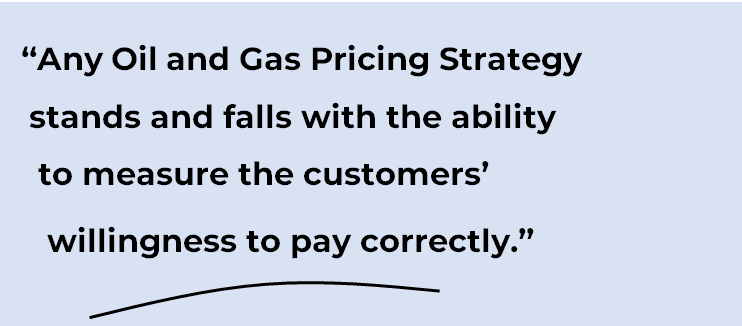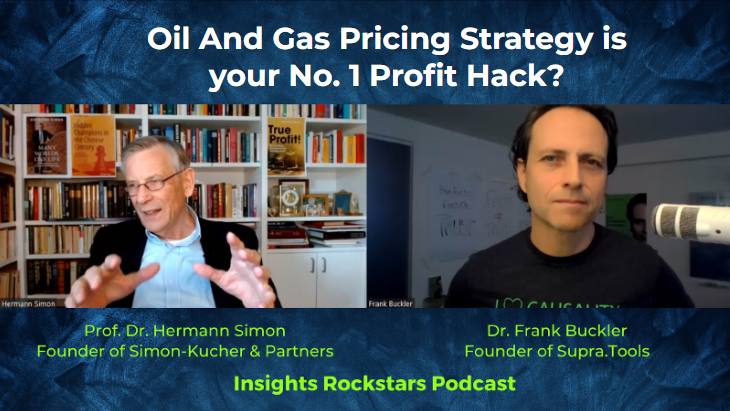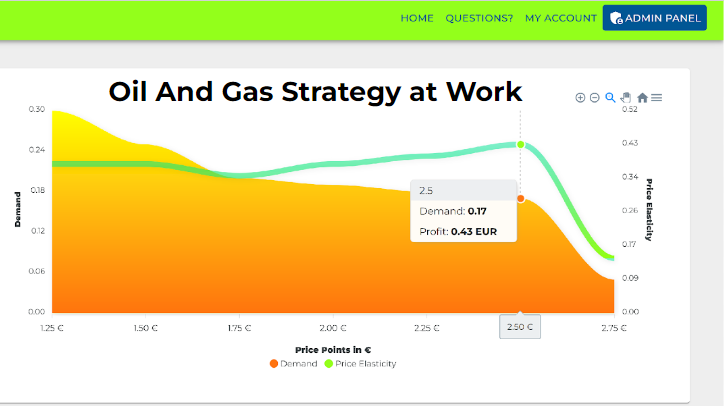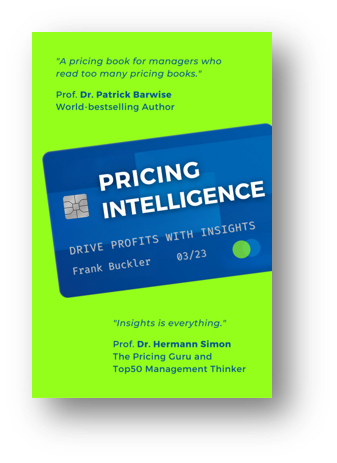
Oil and gas prices seem to be constantly fluctuating. But what’s really going on behind the scenes? We’ll show you how oil and gas companies use pricing strategies to make a profit!

Types Of Oil And Gas Pricing Strategies
Oil and gas prices are constantly fluctuating, which can make it difficult for companies to make long-term decisions about their pricing strategies. However, there are a few different types of pricing strategies that companies can use to help them stay competitive in the market.
1. Price Skimming
One common pricing strategy is called price skimming. This involves setting a high price for a new product or service in order to capture the most market share possible. Once demand starts to decline, the company will then lower the price in order to attract more customers.
2. Penetration Pricing
This involves setting a low price for a new product or service in order to quickly gain market share. The goal with this strategy is to grow the customer base as quickly as possible and then increase prices once the product or service has been established in the market.
3. Value-Based Pricing
This involves setting prices based on the perceived value of the product or service. For example, a company might charge more for a luxury item than a basic necessity. Or, they might charge different prices based on how much experience or expertise is needed to provide the product or service.

Key Components Of Oil And Gas Pricing Strategies
As we all know, the oil and gas industry is a very important sector of the economy. Not only does it provide energy to power our homes and businesses, but it also provides raw materials for a variety of industries. Because of its importance, the pricing of oil and gas is a very complex issue. There are a number of factors that go into setting the price of these commodities, and there are a variety of different pricing strategies that oil and gas companies use to maximize their profits.
Type
There are two types of oil and gas pricing strategies: wholesale and retail. Wholesale prices are set by producers, while retail prices are set by retailers. Producers use a variety of methods to set wholesale prices, including spot markets, long-term contracts, and Futures exchanges. Retailers use a variety of methods to set retail prices, including Margin calculations, reference price setting, and dynamic pricing.
While there is no one-size-fits-all pricing strategy for producers or retailers, understanding the key components of oil and gas pricing can help you develop a pricing strategy that meets your specific needs.
Tool
Oil and gas prices are constantly fluctuating, so it’s important for companies in the industry to have a pricing strategy in place that will allow them to still make a profit despite these fluctuations. There are a few different tools that companies can use to help them determine their pricing strategies, and each has its own advantages and disadvantages.
One tool that companies can use is called hedging. Hedging involves entering into contracts to buy or sell oil or gas at a set price in the future. This can help protect companies from sudden price changes, but it also means that they might not be able to take advantage of positive price changes.
Another tool that companies can use is market analysis. This involves taking a close look at the factors that affect oil and gas prices, such as global events, weather patterns, and production levels. By understanding these factors, companies can get a better sense of where prices are likely to go in the future and adjust their pricing accordingly.
There is no perfect tool for oil and gas pricing strategies, but using a combination of hedging and market analysis can help companies minimize their risks while still being able to take advantage of positive price movements.
Competence
When it comes to the pricing of oil and gas, there are a variety of strategies that companies can use in order to stay competitive. Some companies choose to charge lower prices in order to attract more customers, while others may choose to charge higher prices in order to increase profits. There is no right or wrong answer when it comes to choosing a pricing strategy for oil and gas. However, it is important for companies to carefully consider their options and select a strategy that will allow them to remain competitive in the marketplace. By understanding the different pricing strategies that are available, companies can make the best decision for their business and ensure that they are able to succeed in the ever-changing oil and gas industry.
The bestselling book „Pricing Intelligence“ has more on the topic and

Controlling
As the world’s economy continues to grow, the demand for oil and gas will continue to rise. This creates a unique opportunity for those who control the pricing strategies of these vital resources. By controlling the price of oil and gas, you can ensure that your company remains profitable, while also helping to stabilize the global economy.
There are a few different ways to control the pricing of oil and gas. The most common method is to simply set a price that you feel is fair, and then adjust it as needed based on market conditions. However, this can be a difficult strategy to maintain, as it can be hard to predict exactly how the market will react to your prices.
Another option is to use a pricing algorithm that takes into account both the current market conditions and your company’s goals. This type of algorithm can help you automatically adjust your prices in order to stay profitable, while also ensuring that you’re not overcharging customers or undercutting your competitors.
No matter what pricing strategy you choose, it’s important to remember that the goal is to ensure both short-term profitability and long-term sustainability for your business. By carefully controlling the price of oil and gas, you can help keep the world’s economy stable while also ensuring your own company’s success.
Some professionals prefer to access video tutorials around pricing and insights
SCIENTIFIC STUDY:
A revolution in price optimization
More profitable prices through neuroscience & AI - Scientific study on pricing with astonishing results

Summary
Now that you know the basics of oil and gas pricing strategies, it’s time to put that knowledge into practice. If you’re selling oil or gas, consider using one of these pricing strategies to optimize your profits. And if you’re buying oil or gas, be sure to understand how the seller is determining the price so that you can negotiate the best possible price.
Today pioneers use the latest pricing survey tools that use Neuroscience + AI
Interested professionals can use some tools even for free and explore on its own
You can access supra tools free here.
Get your FREE hardcopy of the “CX Insights Manifesto”
FREE for all client-side Insights professionals. We ship your hardcopy to USA, CA, UK, GER, FR, IT, and ESP.

Newsletter:
Keep updated on the latest Pricing Insights know-how and do-how.
In my email newsletter “Pricing Insights” I cover the whole range of pricing insights solutions-from Garbor Granger to Conjoint, from NeuroPricing to Pricing Software Systems. I describe the application in various fields from new product pricing to promotion, from brand premium to feature pricing.
Keep up to date here.


